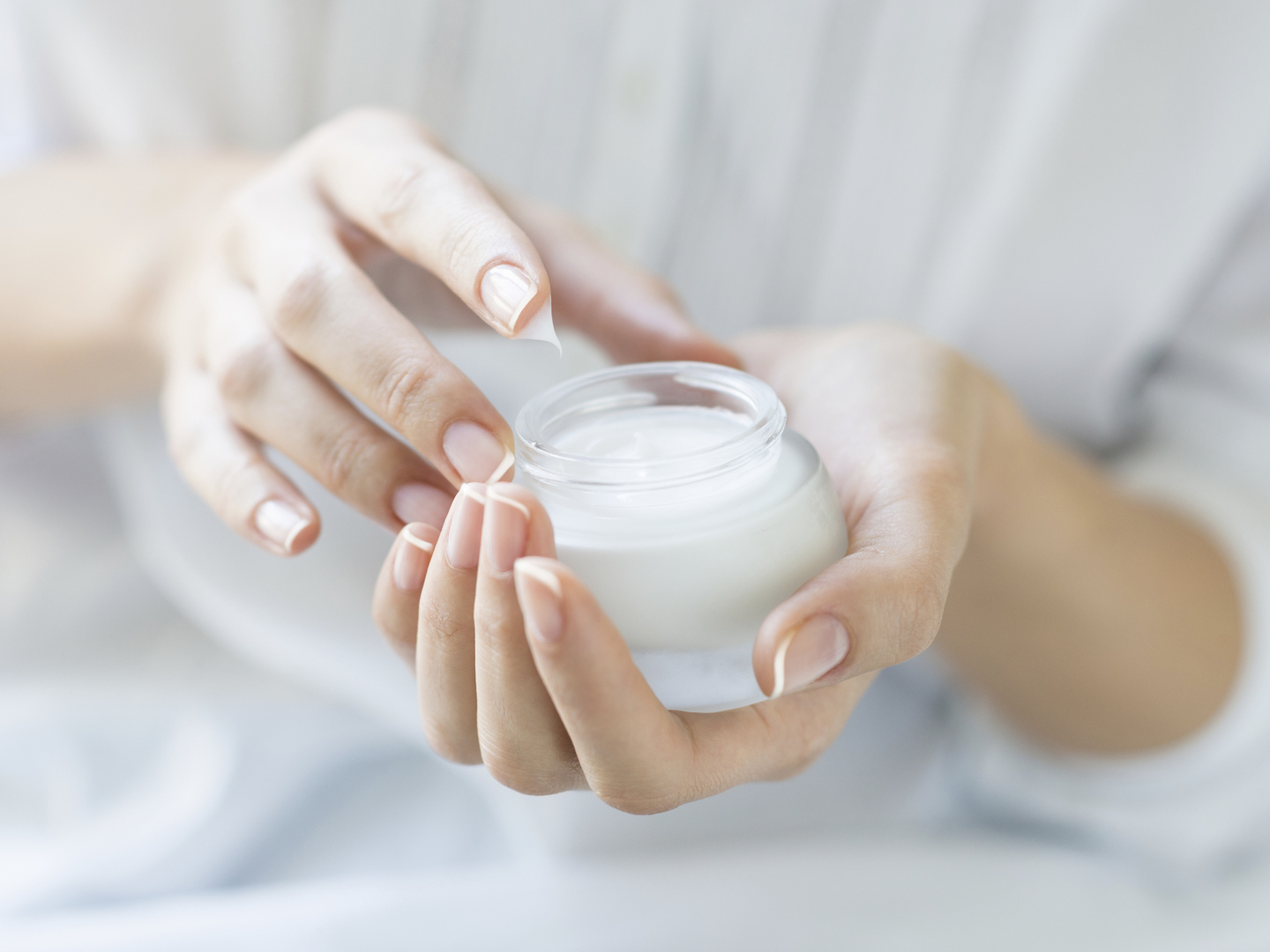What Are the Benefits of Natural Progesterone Creams?
What’s your opinion on the safety and efficacy of the natural progresterone creams sold in health food stores for perimenopausal and menopausal symptoms?
Andrew Weil, M.D. | January 21, 2002

Many women prefer natural progesterone products to the synthetic progesterone (progestins) typically prescribed as part of hormone replacement therapy (HRT). HRT combines estrogen and progesterone to help relieve menopausal symptoms and prevent bone loss that could lead to osteoporosis. You don’t need progesterone if you’ve had a hysterectomy and no longer have a uterus. If that is not the case, replacing estrogen alone can overstimulate the uterine lining, raising the risk of endometrial cancer.
The problem with synthetic progesterone is that it can cause PMS-like side effects, which are usually less likely to occur if you use natural progesterone instead. Sometimes, natural progesterones are recommended to relieve premenstrual symptoms that may worsen as some women approach menopause.
Natural progesterone creams are available over-the-counter. Another form of natural progesterone (oral micronized progesterone ) is available in capsules but only with a prescription (under the brand name Prometrium) or from a “compounding pharmacy” that customizes formulas according to your doctor’s instructions. Oral micronized progesterone’s main side effect is drowsiness, so it should be taken at night, and since some forms contain peanut oil, women with a peanut allergy should avoid it.
Although some physicians I respect recommend natural progesterone cream, I’m not satisfied that studies have established either its efficacy or long-term safety, and I prefer to recommend oral micronized progesterone. My colleague Monica Stokes, a gynecologist in San Francisco, raises another concern: Most over-the-counter natural progesterone creams contain too little of the hormone, if they contain any at all. However, Dr. Stokes recommends one product, Pro-Gest, because she’s satisfied with the scientific evidence supporting its use.
When you use progesterone cream, you’re usually advised to apply it to different skin sites with each use. This approach is recommended to minimize a small risk of skin irritation that could develop from applying it to only one site. However, if you rub the cream in with your hands, most will be absorbed through your palms.
Natural progesterones are synthesized in the laboratory from either soybeans or the Mexican wild yam (Dioscorea spp.). The precursor of progesterone in wild yams is diosgenin. Some manufacturers have tried to promote the use of wild yam products containing diosgenin, but despite claims to the contrary, the body cannot convert diosgenin into a hormonally active substance.
If you do opt for natural progesterone cream, I urge you to use it only in consultation with your physician so that together you can find a reliable product and the dosage that works best for you.
Andrew Weil, M.D.










